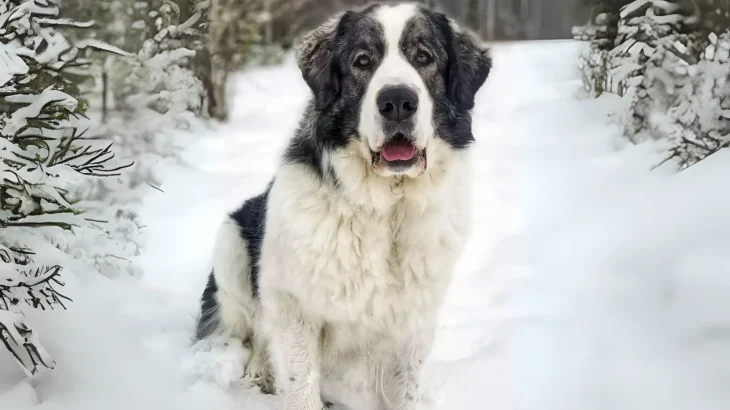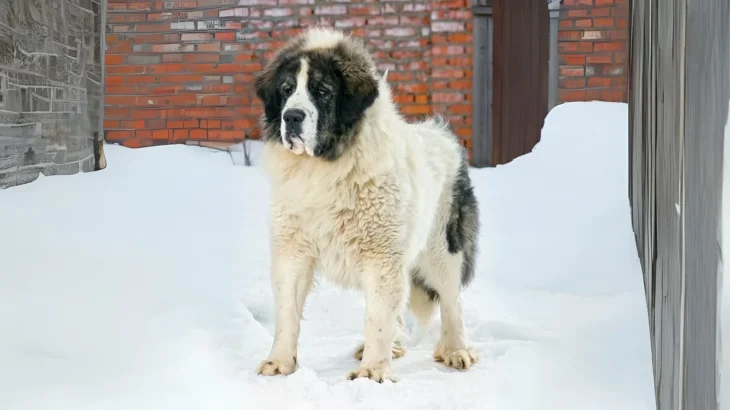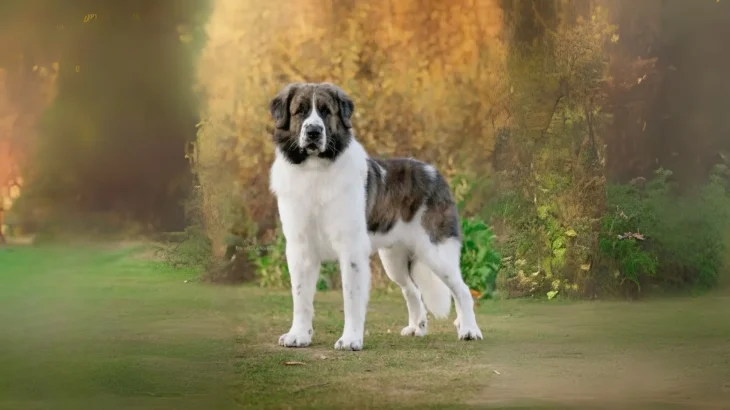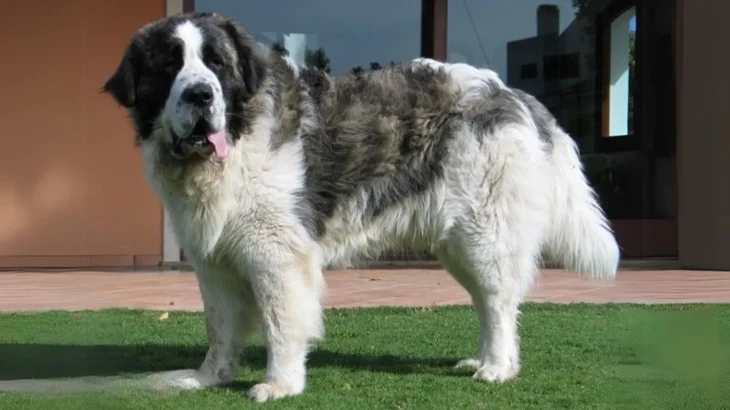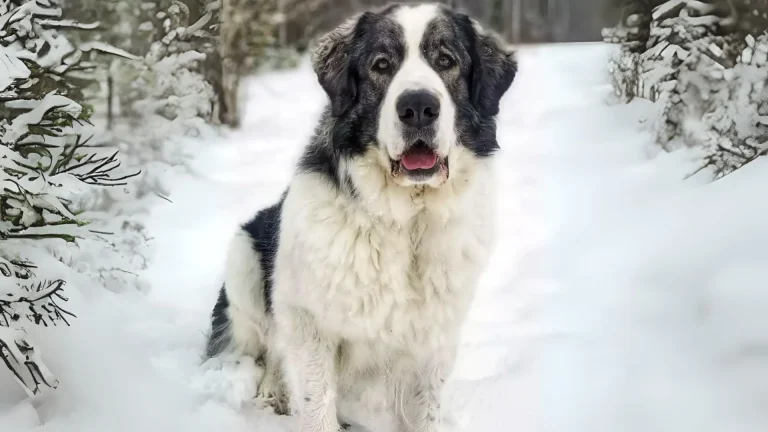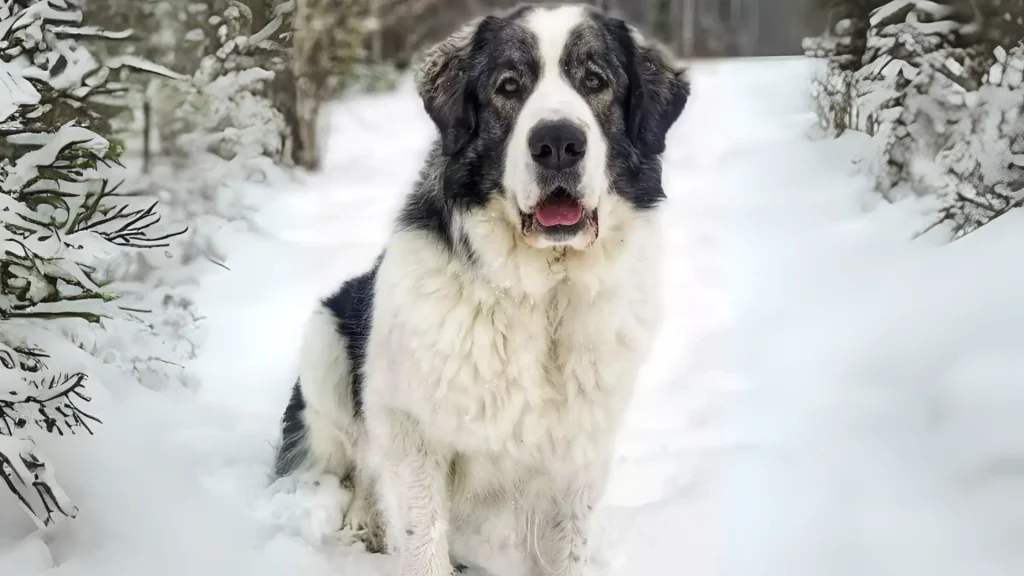Deciding whether to adopt or purchase a Pyrenean Mastiff puppy depends on your priorities such as cost, health transparency, and ethics. Buying from a breeder usually means clearer insight into the puppy's lineage and health but often higher costs. Adoption offers a loving option that supports animal welfare, though with less background info.
Adoption vs. Breeder: Pros & Cons
| Criteria | Buying from Breeder | Adopting from Shelter/Rescue |
|---|---|---|
| Cost | Higher initial cost due to breed rarity (often $1,500+). | Lower adoption fees, usually covering basic care and vaccines. |
| Health History | Often includes health records and genetic testing. | Health history may be limited; basic vet checks done. |
| Age Availability | Mostly puppies; allows early bonding and training. | All ages available; puppies less common. |
| Temperament Insight | Detailed lineage temperament info available. | Behavior observations by shelter staff; less background. |
| Supporting Practices | Supports breed preservation when buying responsibly. | Supports rescue efforts; reduces demand for commercial breeding. |
| Ethical Considerations | Verify breeder ethics to avoid puppy mills. | Gives a home to a dog in need, aligning with welfare values. |

